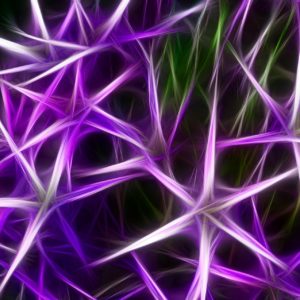
“Do as I say not as I do.” Children mirror parents and peers, fans mimic favorite celebrities, and art imitates life. We know that people learn by watching others. Actions really do speak louder than words.
100’s of billions of neurons make up the brain. Neurons connect with other neurons in what we call brain activity. Among the neurons in the front of the brain, there are “motor command neurons,” which fire when a person performs an explicit action. Reach for an object, neurons fire; grasp the object, neurons fire; bring the object towards you, neurons fire. This is not new science. As Imago therapists we help clients to move from the reactive survival response seated in the “old brain” (or amygdala) to the logical, reasoning parts of the brain in the prefrontal cortex. When survival cues activate fight, flight, or freeze behaviors, neurons are at work. Using mirroring, validation, and empathy, we create new neural pathways to the front of the brain.
We have more recently come to understand that about 20% of the neurons in the prefrontal cortex will fire if we just watch another person perform an action that we have ourselves performed before. Those are known as mirror neurons. Think about it, your brain adopts the perspective of another person, simply by watching that person. You reach for an object and my brain can experience it as if I am doing it too. This is where imitation and emulation come in to play.
Group therapy is a defined space where participants practice new behaviors AND imitate or emulate the behaviors of the group leader and other members. New behaviors can include coping skills such as exercise, journaling, connecting with others, and deep breathing; social skills including conversational aptitude, emotional intelligence, and self-awareness; or personal skills like accountability, self-reflection, and positive self-talk.
During group check-in, Jane expresses appreciation for her partner, telling the group how he remained detached and supportive when her mother was picking on her during the holidays and that she was able to calm herself down and respond, not react to her mother’s behavior. One member may respond with recognition having had a fight with her mother over the holidays. Another member may offer an appreciation about her partner, using Jane as a model. Jane might notice her own growth in changing from reaction to response. Her partner’s behavior served as a model that she could mirror. Jane’s actions and emotions were observed and adopted by other members. All of this subtle unseen activity happens in the brain.
Mirror neurons play a key role in the imitation process. Imitation is a complex action using these specific neurons to see things from another person’s point of view. Mirror neurons also play a role when one person observes others physically touching. When the brain recognizes that gentle touch feels good, comforting, caring, then too, it can see one person touch another person and recognize the emotional experience activating an empathetic response.
By watching members of the group demonstrate validation and empathy, observing members glean the powerful healing chemistry of empathy. In this way, we become invisibly connected by our neural pathways to all living beings. We can feel their pain, joy, and loss. Practicing new empathic skills strengthens neural activity towards reason and away from survival while creating neural pathways that become the new normal.
Sometimes we create barriers to protect ourselves from feelings that are too hotly wired and dangerous. These barriers take the form of isolation, mood-altering substances, denial, and, projection among other defenses. Group therapy offers the opportunity to practice new behaviors and develop coping skills which activate empathy in a safe and collaborative environment. Coping skills that support healing, wellness, and growth, replace defense mechanisms. Things seen and felt in the group are carried out of the group into other relationships and situations.
For more information: Neuroscientist Vilayanur Ramachandran outlines the fascinating functions of mirror neurons. Only recently discovered, these neurons allow us to learn complex social behaviors, some of which formed the foundations of human civilization as we know it.

